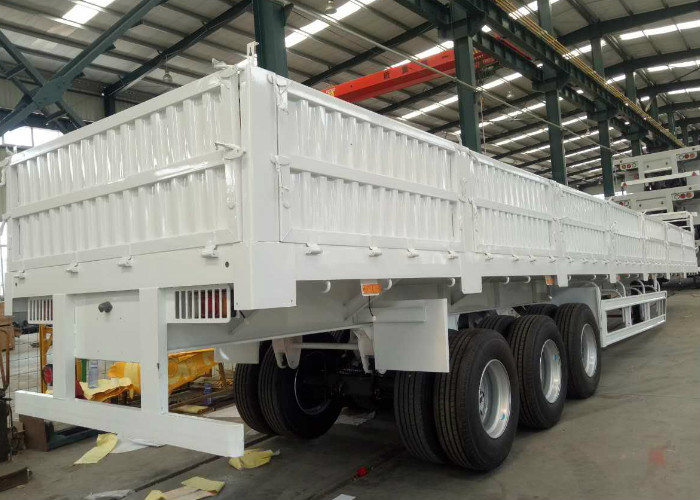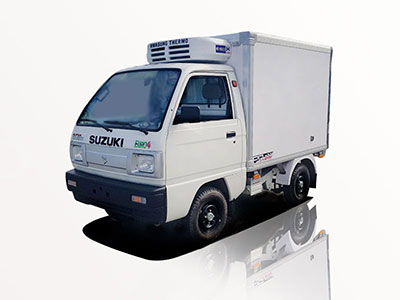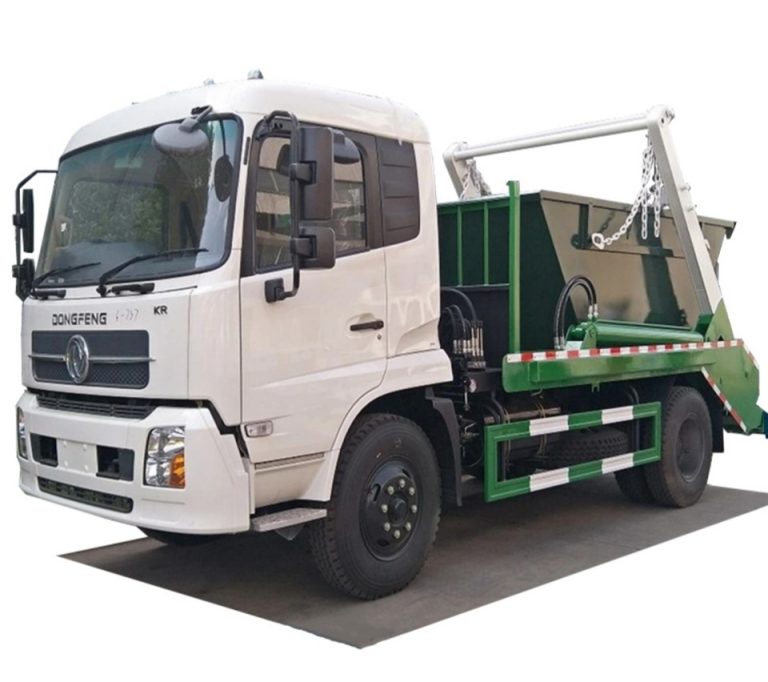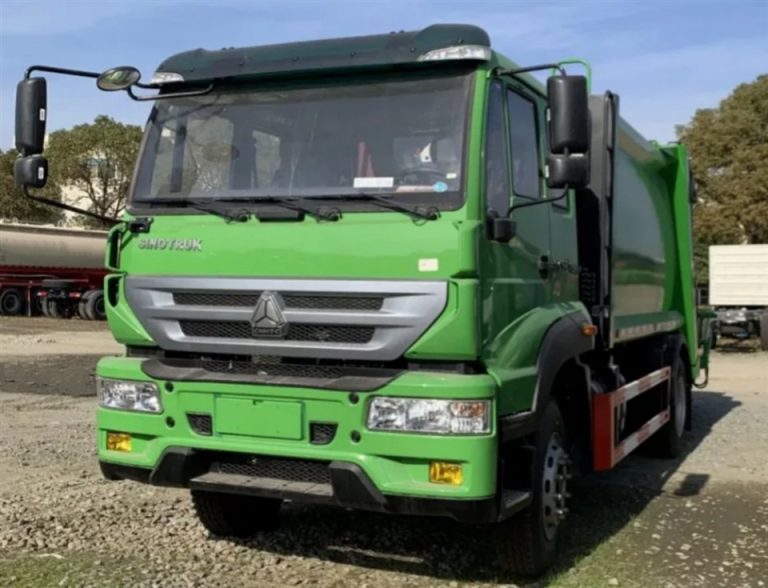Introduction
A boom truck is one of the most versatile vehicles used in construction, maintenance, and heavy lifting operations. But what exactly is a boom truck, and how does it function? In this article, we’ll explore the fundamentals of boom trucks, their various applications, how they vary from other vehicles, and essential safety measures to consider. By the end of this guide, you will have a clearer understanding of boom trucks, their features, and practical tips for their effective use.
Understanding Boom Trucks
Definition of a Boom Truck
A boom truck is a specialized vehicle equipped with a hydraulic boom that can extend and lift heavy loads to significant heights. These trucks combine the features of a truck and a crane, making them highly suitable for tasks that require both mobility and lifting capabilities.
Components of a Boom Truck
The primary components of a boom truck include:
- Truck chassis: The base that supports the boom and carries the load.
- Hydraulic boom: The extendable arm that lifts and positions the load.
- Counterweights: Weights used to balance the load and ensure stability.
- Controls: The interface through which the operator maneuvers the boom and crane functions.
Types of Boom Trucks
1. Telescopic Boom Trucks
Telescopic boom trucks have a multi-section boom that can extend outward. This feature allows for lifting to increased heights and reaching further distances. They are commonly used in construction sites and for utility work.
2. Articulating Boom Trucks
Articulating boom trucks feature a joint in the boom, allowing for a flexible arm. This design enables operators to maneuver around obstacles and tight spaces. Articulating boom trucks are perfect for scenarios like tree trimming or maintenance of high buildings.
3. Bucket Boom Trucks
Bucket boom trucks are specifically designed with a bucket at the end of the boom, which provides a safe space for operators to work at height. These trucks are extensively used by utility companies to access power lines.
Applications of Boom Trucks
Construction
In the construction industry, boom trucks are used for lifting heavy materials, placing them at elevated positions, and accessing hard-to-reach areas. They are crucial for masonry work, roofing, and framing.
Utility Work
Boom trucks play an essential role for utility companies. They enable crews to access power lines, streetlights, and telecommunications equipment for installation and maintenance.
Telecommunications
In the telecommunications sector, boom trucks are used to install and repair antennas and cables on tall structures such as cell towers. The capability to elevate technicians safely is a massive advantage.
Tree Services
Tree service companies utilize boom trucks for trimming and removing trees, especially when working in residential areas where space is limited.
How Boom Trucks Compare to Other Equipment
Boom Trucks vs. Cranes
While both boom trucks and cranes are used for lifting tasks, boom trucks are more mobile and can be driven on roads. Cranes, however, offer higher lifting capacities and are often used in heavy industrial applications.
Boom Trucks vs. Forklifts
Forklifts are primarily designed for moving materials horizontally over short distances. In contrast, boom trucks can lift loads vertically to considerable heights, making them more suitable for tasks requiring elevation.
Safety Considerations When Using Boom Trucks
1. Operator Training
Only trained and certified operators should be allowed to operate boom trucks. Regular training updates help maintain safety standards and educate operators on new regulations.
2. Pre-Operation Inspections
Operators must conduct thorough pre-operation inspections to check for any mechanical issues or safety hazards before using the boom truck. This includes checking fluid levels, brakes, and the integrity of the boom.
3. Load Limits
Understanding and adhering to the manufacturer’s specified load limits for the boom truck is crucial. Overloading can compromise the truck’s stability and increase the risk of accidents.
4. Personal Protective Equipment (PPE)
Operators and ground crew members should wear appropriate PPE, including helmets, gloves, and high-visibility clothing, to ensure safety on the job site.
Practical Examples and Tips
How to Choose the Right Boom Truck for Your Project
When selecting a boom truck, consider the following factors:
| Factor | Description |
|---|---|
| Height Requirement | Determine how high you need to lift the materials or personnel. |
| Weight Capacity | Ensure the boom truck can handle the weight of the materials or equipment being lifted. |
| Site Conditions | Assess the job site for space and terrain; tight areas may require articulating boom trucks. |
| Distance to Reach | Consider if you need a telescopic boom for greater reach over obstacles. |
Maintenance Tips for Boom Trucks
Regular maintenance is key to ensuring the safe operation of boom trucks. Here are some tips:
- Schedule regular inspections with a qualified mechanic.
- Keep the hydraulic systems well-maintained to prevent leaks and malfunctions.
- Lubricate moving parts as specified in the manufacturer’s guidelines.
Frequently Asked Questions (FAQ)
1. What is the average cost of renting a boom truck?
The cost of renting a boom truck varies based on the size, type, and rental duration. On average, it can range from $200 to $1,000 per day.
2. How high can a boom truck lift?
Depending on the model, boom trucks can lift loads to a height of up to 100 feet or more. Always check the specifications for the specific truck.
3. Do I need a special license to operate a boom truck?
Yes, operators typically need a commercial driver’s license (CDL) and additional certifications specific to boom truck operation.
4. Are boom trucks more expensive to insure than other vehicles?
Yes, due to the specialized nature of boom trucks and the associated risks, insurance premiums are generally higher than standard vehicles.
5. Can boom trucks be used on rough terrain?
While some boom trucks are designed for rough terrains, others are not. It’s essential to choose a boom truck specifically designed for off-road conditions if your work site requires it.
6. What are the key safety features in boom trucks?
Key safety features include emergency stop buttons, stability controls, load weight indicators, and guardrails around the operator’s platform.



